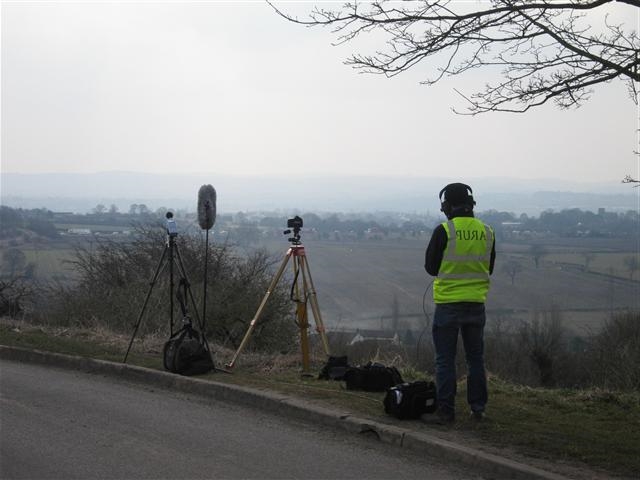Planning
Planning applications have noise implications as a result of existing noise impacting on a proposed site or the proposed development impacting on existing units.
The Noise Policy Statement for England (NPSE), published in March 2010, sets out the long-term vision of Government noise policy. The Noise Policy aims, as presented in this document, are “Through the effective management and control of environmental, neighbour and neighbourhood noise within the context of Government policy on sustainable development:
- avoid significant adverse effects on health and quality of life;
- mitigate and minimise adverse effects on health and quality of life;
- and where possible, contribute to the improvement of health and quality of life.”
The National Planning Policy Framework (NPPF) was published in March 2012. The NPPF states that the planning system should contribute to and enhance the natural and local environment by preventing both new and existing development from contributing to, or being put at unacceptable risk from, or being adversely affected by unacceptable levels of soil, water or noise pollution or land stability.
When is a noise assessment required?
Noise impact assessments are often required for developers as part of their planning application submission. The assessments can also form part of Environmental Impact Assessments for larger scale developments. Noise assessments can be required as part of planning applications for proposals for housing developments, mixed use developments, commercial, industrial and infrastructure projects.
What are noise assessments?
A noise assessment is often used to show the effect of existing noise levels on a proposed development, or the effect of the proposed development on noise levels. Planning applications often have to be supported by a noise assessment.
Noise assessments can also be used to fulfil conditions of a planning consent and be undertaken after planning permission has been granted by the Local Authority.
What do noise assessments entail?
- Measurement of existing noise levels at and around the development site.
- Prediction of noise impacting upon the proposed development
- Prediction of noise impacting on the existing area as a result of a new development
- Predictions can be undertaken by; calculations and computer noise modelling of the development
- Noise mitigation measures may be a necessary element of the noise assessment and the assessment may specify noise mitigation measures either to protect the development from existing noise or to protect existing areas from a new noise source.
What noise standards are there in relation to noise assessments?
Members of the ANC have a wealth of experience of using and working within the parameters of national and local guidelines and standards. There are a vast number of National and European standards which may be drawn upon as part of a noise assessment, including:
- Noise Policy Statement for England
- Planning Practice Guidance – Noise
- BS8233 Guidance on Sound Insulation and Noise Reduction for Buildings
- BS4142 Methods for rating and assessing industrial and commercial sound
- Calculation of Road Traffic Noise and Design Manual for Roads and Bridges (DMRB)
